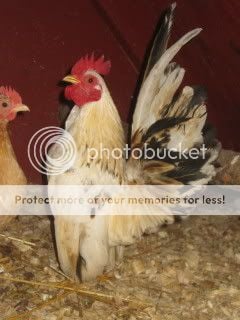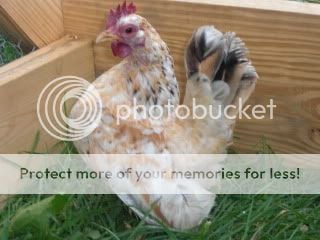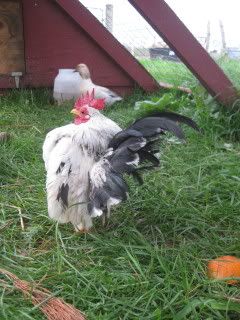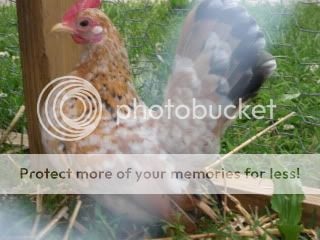- Thread starter
- #11
I can see where you are coming from, but check this out:
You can't say that isn't awesome! Whatever style that is... it looks like a winner to me.
You can't say that isn't awesome! Whatever style that is... it looks like a winner to me.













